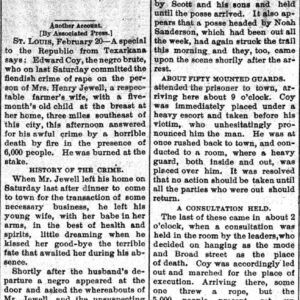 Coy Lynching Article (AP)
Coy Lynching Article (AP)
Time Period: Post-Reconstruction through the Gilded Age (1875 - 1900)
 Coy Lynching Article (AP)
Coy Lynching Article (AP)
 Coy Lynching Article
Coy Lynching Article
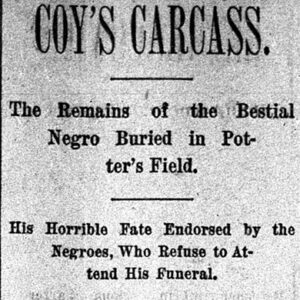 Coy Lynching Article
Coy Lynching Article
 Edward Coy Lynching
Edward Coy Lynching
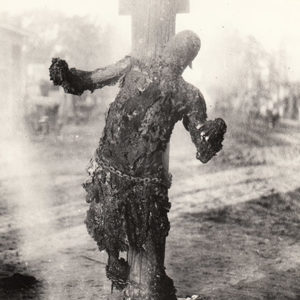 Edward Coy Lynching
Edward Coy Lynching
Coy, Edward (Lynching of)
Cravens, Jordan Edgar
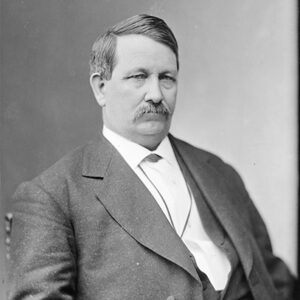 Jordan Cravens
Jordan Cravens
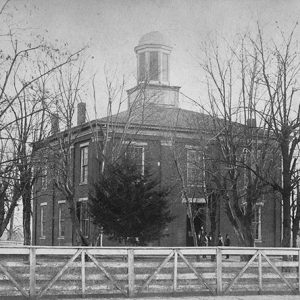 Crawford County Courthouse
Crawford County Courthouse
 Crawford County Execution Article
Crawford County Execution Article
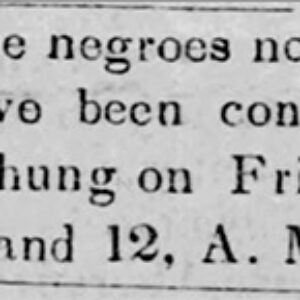 Crawford County Execution Article
Crawford County Execution Article
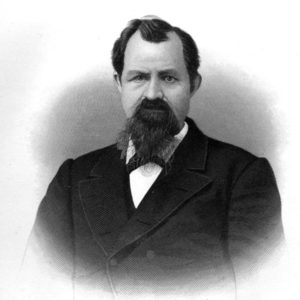 John Crawford
John Crawford
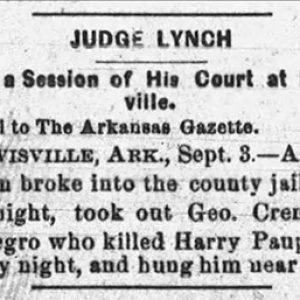 George Crenshaw Lynching Article
George Crenshaw Lynching Article
Crenshaw, George (Lynching of)
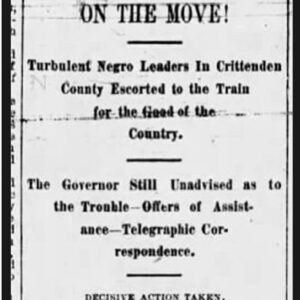 Crittenden County Expulsion Article
Crittenden County Expulsion Article
Crittenden County Expulsion of 1888
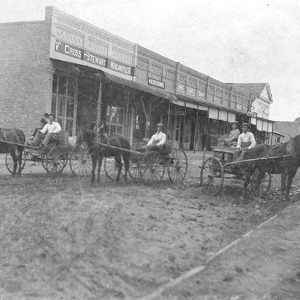 Cross Stewart Mercantile
Cross Stewart Mercantile
Cross, Edward
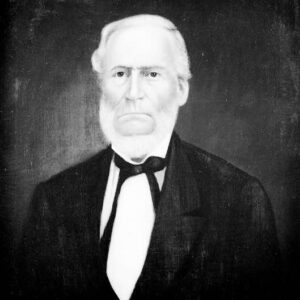 Edward Cross
Edward Cross
 J. J. Crow Family
J. J. Crow Family
Crownover (Lynching of)
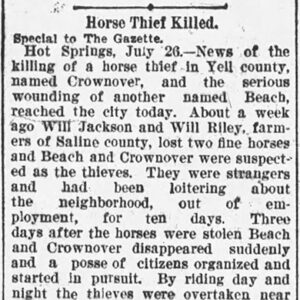 Crownover Lynching Article
Crownover Lynching Article
Crumpton, Boudinot (Execution of)
aka: Bood Burris (Execution of)
 Crumpton, Boudinot Execution Story
Crumpton, Boudinot Execution Story
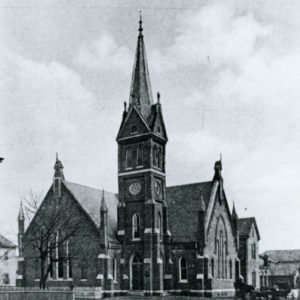 Cumberland Presbyterian Church
Cumberland Presbyterian Church
 Charles E. Cunningham
Charles E. Cunningham
Cunningham, Charles E.
Curtiss, Edwin
Czech National Cemetery
 D. Bloom's Mercantile
D. Bloom's Mercantile
 Daniel Phillips Upham Death Story
Daniel Phillips Upham Death Story
Daniel, Lucy Jane
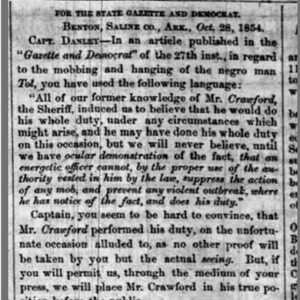 Danley Comment Story
Danley Comment Story
 Danville Lynching Article
Danville Lynching Article
Danville Lynching of 1883
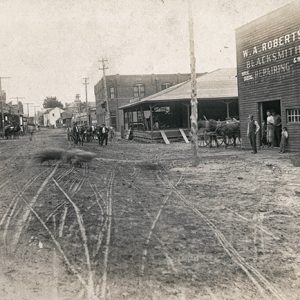 Danville Street Scene
Danville Street Scene
 Danville Street Scene
Danville Street Scene
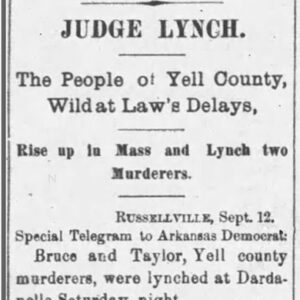 Dardanelle Lynching Article
Dardanelle Lynching Article
Dardanelle Lynching of 1881
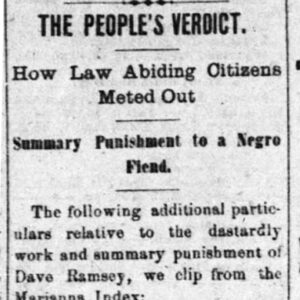 Dave Ramsey Lynching Article
Dave Ramsey Lynching Article
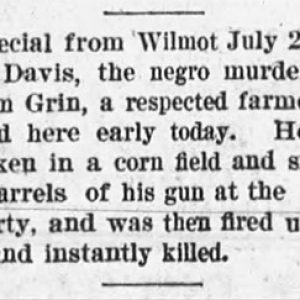 Chick Davis Lynching Article
Chick Davis Lynching Article
 Alford Davis Lynching Article
Alford Davis Lynching Article
Davis, Alford (Lynching of)
Davis, Chick (Lynching of)
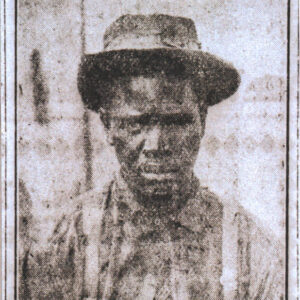 Elisha Davis
Elisha Davis
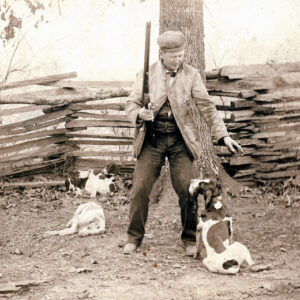 Jeff Davis
Jeff Davis
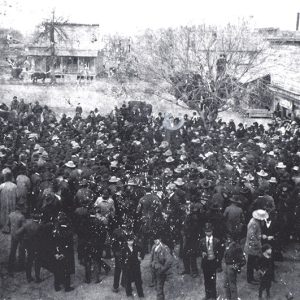 Jeff Davis Campaign
Jeff Davis Campaign
Davis, Jim (Trial and Execution of)
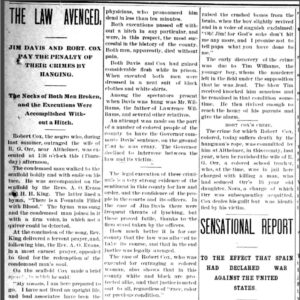 Jim Davis Article
Jim Davis Article




